Summer Backyard Ideas With Added Tax Benefits for 2025
Find out how these summer 2025 home projects can help you save on taxes next year.
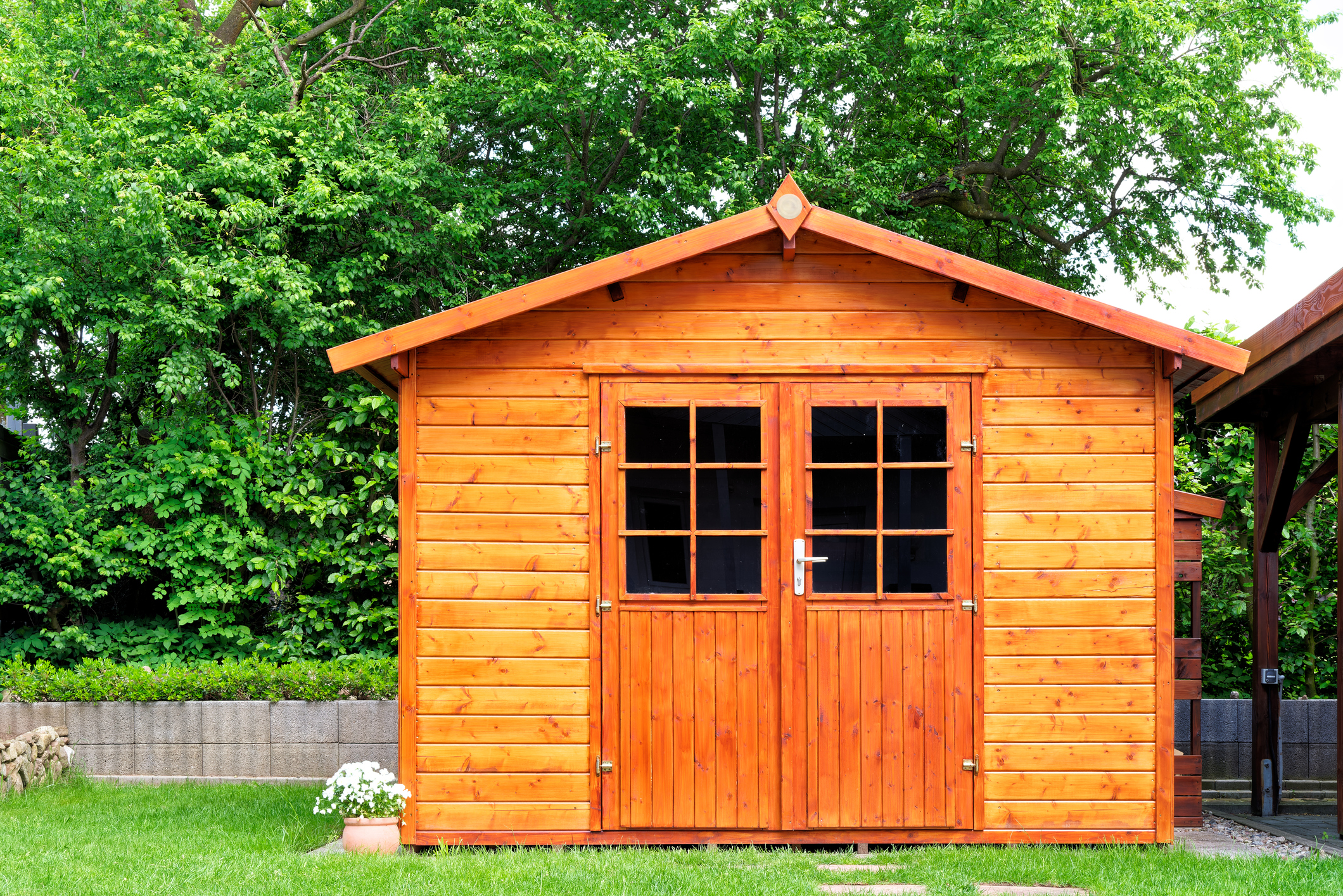

Ever dream of having the “perfect” backyard space? You’re not alone.
According to a recent survey by data collection firm Talker Research, more than 40% of American homeowners plan to create a “backyard sanctuary” in 2025.*
However, the estimated average cost of completing their “dream exteriors” was $13,321. While substantial, this amount typically can’t buy you something lavish, such as an in-ground pool, which might cost around $30,000 to $60,000.
From just $107.88 $24.99 for Kiplinger Personal Finance
Become a smarter, better informed investor. Subscribe from just $107.88 $24.99, plus get up to 4 Special Issues

Sign up for Kiplinger’s Free Newsletters
Profit and prosper with the best of expert advice on investing, taxes, retirement, personal finance and more - straight to your e-mail.
Profit and prosper with the best of expert advice - straight to your e-mail.
How can you make your dream backyard a reality and stretch your dollar? One solution might come from a seemingly unlikely source: Federal taxes.
Using an estimated budget of $13,321, Kiplinger compiled a list of projects that could fit your summer backyard while allowing certain tax benefits that could make these ideas more affordable.
*The survey was commissioned by Trex and administered online to 2,000 American homeowners.
Related: Can't wait for fall? Check out Kiplinger's coverage on The Fall Garden 'Tax': What to Plant and How to Prepare.
Backyard ideas for summer
Kiplinger used sample home projects from key federal tax laws to create the list of summer backyard ideas. Estimated costs were sourced through HomeGuide’s estimator tool in June 2025.
Yet, it’s important to note that current material prices, tariff impacts, scope of work and other factors can impact the cost of a home project. Consequently, price estimates are ever-changing. Consult your contractor before deciding whether a project is right for you and your budget.
*Note: The tax policy mentioned in this article pertains to federal taxes only. Check your state’s Department of Revenue website to see if you might be eligible for a state-level tax break.
Backyard renovation ideas: 2025
Estimated cost: $500 to $12,600
Thanks to the Inflation Reduction Act (IRA), the IRS offers a slew of federal tax incentives for energy efficiency in your outdoor area. These energy-efficient projects are one way to renovate your backyard this summer on a budget. For example:
- Your backyard door might qualify for a tax credit of up to $250. (The average exterior door costs from $500 to $1,900.)
- Central air conditioners, typically installed in back or side yards, might qualify for up to $600 off the installation costs. (A new central HVAC system generally costs a minimum of $7,000.)
- Solar panels can qualify for up to 30% off the installation costs. (Solar panels are generally priced at least $12,600 after the tax credit.)
These project ideas might not only save you on taxes, but also liven up your home’s summer landscape and cut your monthly energy bill.
However, if you're planning to take advantage of tax credits for energy-efficient home improvements, you might want to call your contractor soon.
The GOP’s latest proposal, called the “One Big Beautiful Bill,” includes a slew of tax provisions that could cut many "clean energy" tax incentives, including those for energy-efficient home improvements. This is why some homeowners are rushing to install solar panels before Trump cuts tax credits.
For now, these tax breaks are still available. If you start planning your project in the summer, you could finish before any potential changes to federal tax policy are made.

Summer 2025 might be the perfect time to spruce up your backyard with home projects such as new fencing, patios or decks.
Backyard ideas to increase home value
Estimated cost: $2,000 to $12,000
If you’re looking to sell your home in the future, you might be wondering what backyard summer projects could add the most “value” to your property.
Here are a few value-added backyard ideas to get you started:
- Installing a snazzy new patio or deck, which might cost from $2,000 to $10,000, assuming 10-foot by 20-foot dimensions.
- Adding a fence for Fido or to make backyard barbecues more private. The average cost of fencing your yard can be $4,000 to $12,000, assuming a 200-foot straight fence.
Although these so-called “capital improvements” can be a bit pricier than other projects on this list, they can add value to your home, increasing your home’s tax basis. This could, in turn, affect your capital gains tax on the sale of your home.
For example:
- If you purchased a home for $200,000 and later sold the house for $500,000, part of your $300,000 difference could be subject to capital gains tax.
- But if you can prove $50,000 of home upgrades, your home’s tax basis would be $250,000. The difference between the selling price of $500,000 and the new tax basis of $250,000 is less than before and might not be taxed.
- This capital gains exclusion could prevent you from paying capital gains taxes on your home sale, while simultaneously leading to a higher selling price for your house (giving you more money).
However, you might want to look out for property taxes, which could increase as your home’s value rises. While this wouldn’t affect short-term move-out dates, it might affect you if you live in your home for longer than a year.
In particular, studies have shown that 75% of adults age 50 and older want to age in place. But if you live with someone who needs a medically necessary home improvement, you might qualify for the medical expense tax deduction on your federal return.
For more information, check out Kiplinger’s report, Tax-Deductible Home Improvements for Retirement in 2025.
Backyard projects on a budget
Estimated cost: $1,000 to $6,900
If you’re a business owner, these backyard ideas could be perfect. The IRS allows a home office tax deduction for qualified business expenses incurred to set up or maintain a business. This includes independent contracting, freelancing and other self-employed work.
If you use your backyard for a business purpose, the following projects might qualify for a federal tax deduction:
- Permanent storage sheds that are used to store business equipment and materials. A shed costs, on average, at least $1,000 (assuming 10 feet by 10 feet dimensions).
- Pathway or driveway improvements could be partially tax-deductible (if they're used for business purposes, as when your clients visit your office). The cost of a new concrete two-car driveway can be around $1,700 to $6,900.
But before you claim a business expense or home office tax deduction, be sure you meet the strict guidelines.
For instance, home office deductions typically require that you use the area regularly and exclusively for business, while for most business expense deductions, you must prove the expense is for the “ordinary and necessary” operations of your business.
There are other requirements you must meet, including careful documentation of the improvements, so make sure you can claim the deduction before filing your federal return. You might want to consult with a qualified tax professional before breaking ground on your new project.
Read More
Profit and prosper with the best of Kiplinger's advice on investing, taxes, retirement, personal finance and much more. Delivered daily. Enter your email in the box and click Sign Me Up.

Kate is a CPA with experience in audit and technology. As a Tax Writer at Kiplinger, Kate believes that tax and finance news should meet people where they are today, across cultural, educational, and disciplinary backgrounds.
-
 I'm want to give my 3 grandkids $5K each for Christmas.
I'm want to give my 3 grandkids $5K each for Christmas.You're comfortably retired and want to give your grandkids a big Christmas check, but their parents are worried they might spend it all. We ask the pros for help.
-
 If You're Not Doing Roth Conversions, You Need to Read This
If You're Not Doing Roth Conversions, You Need to Read ThisRoth conversions and other Roth strategies can be complex, but don't dismiss these tax planning tools outright. They could really work for you and your heirs.
-
 Could Traditional Retirement Expectations Be Killing Us?
Could Traditional Retirement Expectations Be Killing Us?A retirement psychologist makes the case: A fulfilling retirement begins with a blueprint for living, rather than simply the accumulation of a large nest egg.
-
 5 Types of Gifts the IRS Won’t Tax: Even If They’re Big
5 Types of Gifts the IRS Won’t Tax: Even If They’re BigGift Tax Several categories of gifts don’t count toward annual gift tax limits. Here's what you need to know.
-
 The 'Scrooge' Strategy: How to Turn Your Old Junk Into a Tax Deduction
The 'Scrooge' Strategy: How to Turn Your Old Junk Into a Tax DeductionTax Deductions We break down the IRS rules for non-cash charitable contributions. Plus, here's a handy checklist before you donate to charity this year.
-
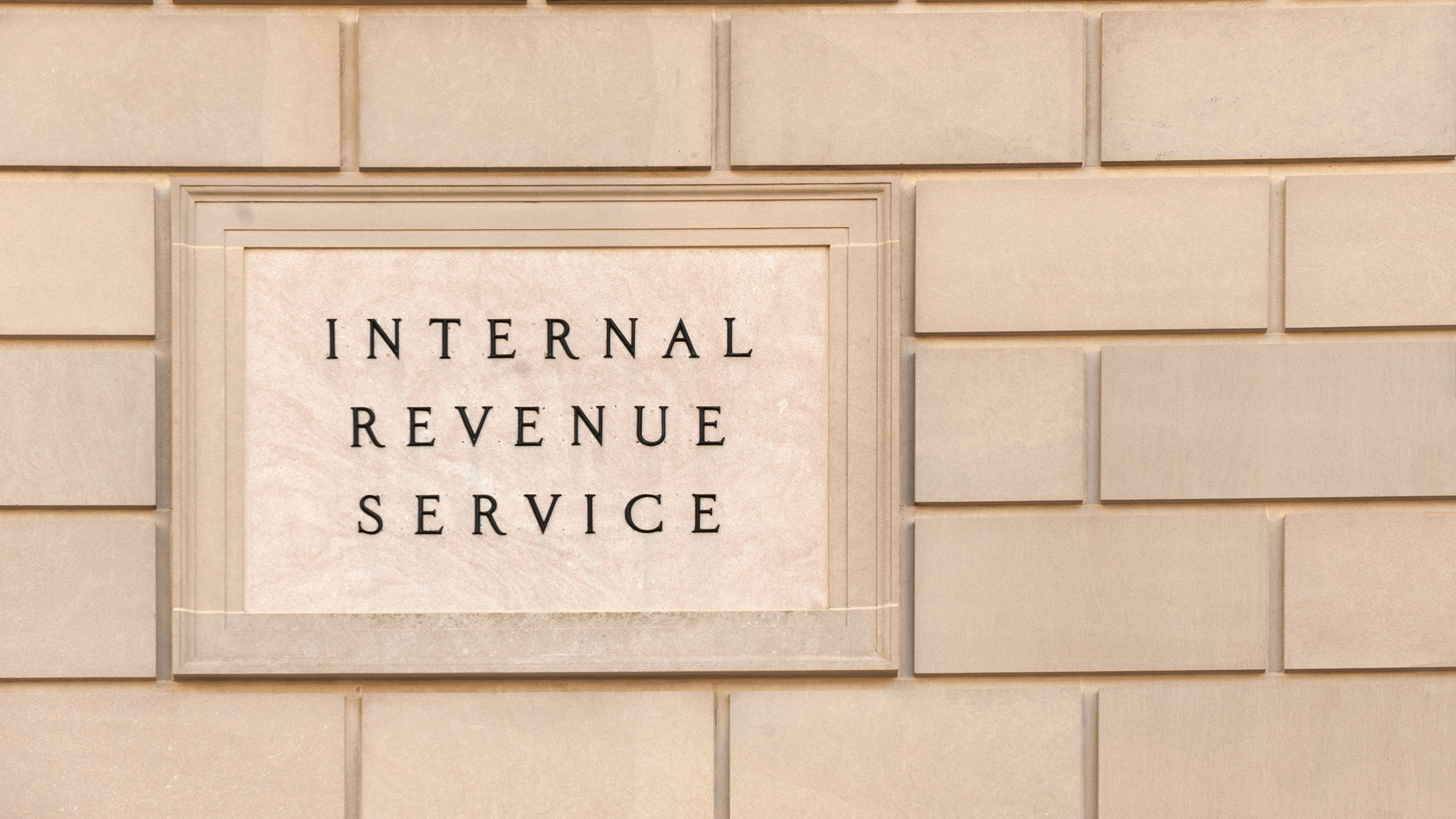 IRS Says You Made a Tax Return Mistake? A New Law Could Help You Fight Back
IRS Says You Made a Tax Return Mistake? A New Law Could Help You Fight BackTax Law Updated taxpayer protections change what the IRS must explain on error notices and how long you have to respond.
-
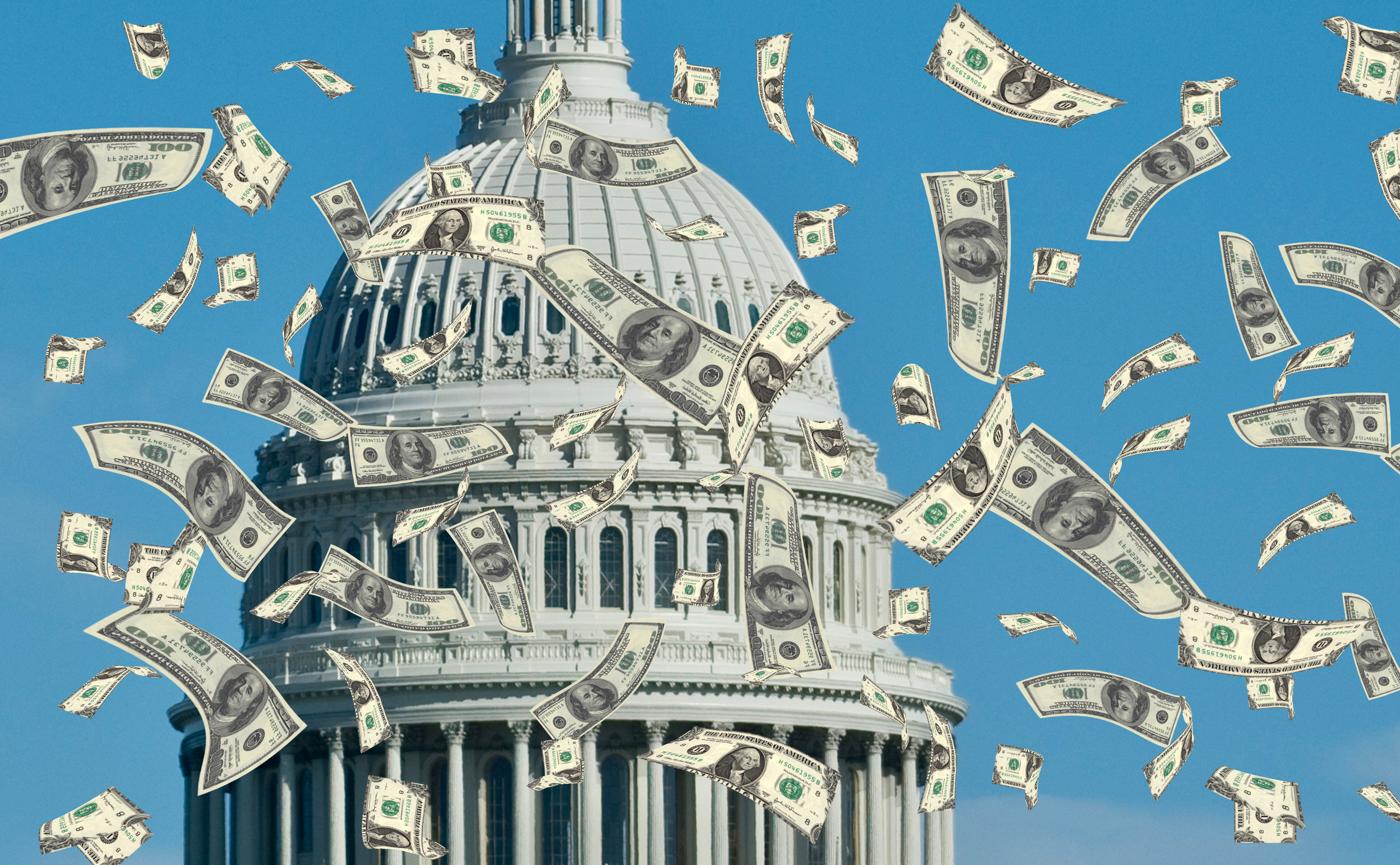 Tax Refund Alert: House GOP Predicts 'Average' $1,000 Payouts in 2026
Tax Refund Alert: House GOP Predicts 'Average' $1,000 Payouts in 2026Tax Refunds Here's how the IRS tax refund outlook for 2026 is changing and what steps you can take now to prepare.
-
 New IRS Changes to FSA Contribution Limits for 2026: What to Know
New IRS Changes to FSA Contribution Limits for 2026: What to KnowHealth Care Flexible Spending Accounts have tax advantages worth looking into, especially in light of new IRS changes.
-
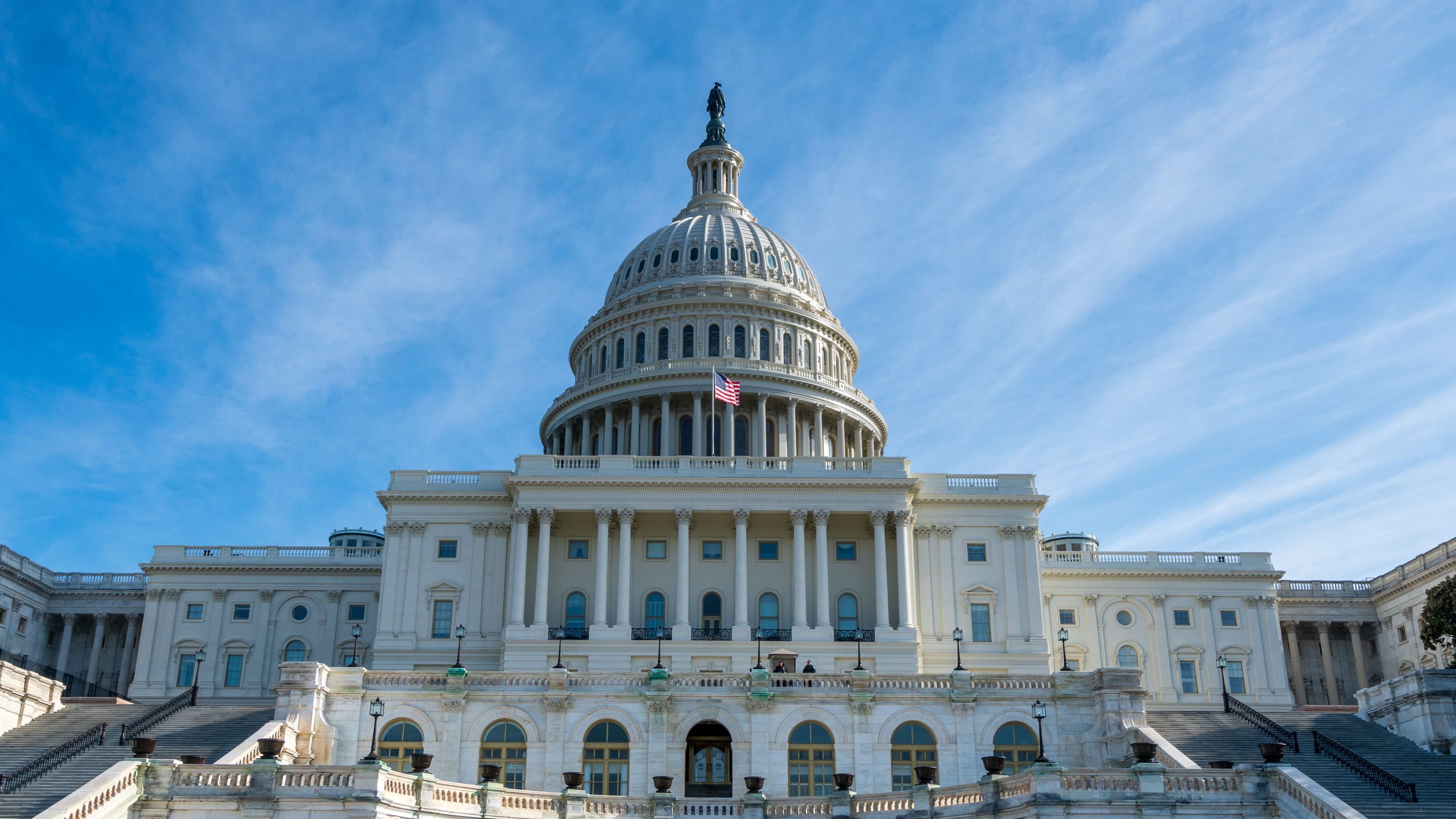 Is a New $25,000 Health Care Tax Deduction Coming in 2026?
Is a New $25,000 Health Care Tax Deduction Coming in 2026?Tax Policy A proposal from GOP Sen. Josh Hawley adds to the chatter about health care affordability.
-
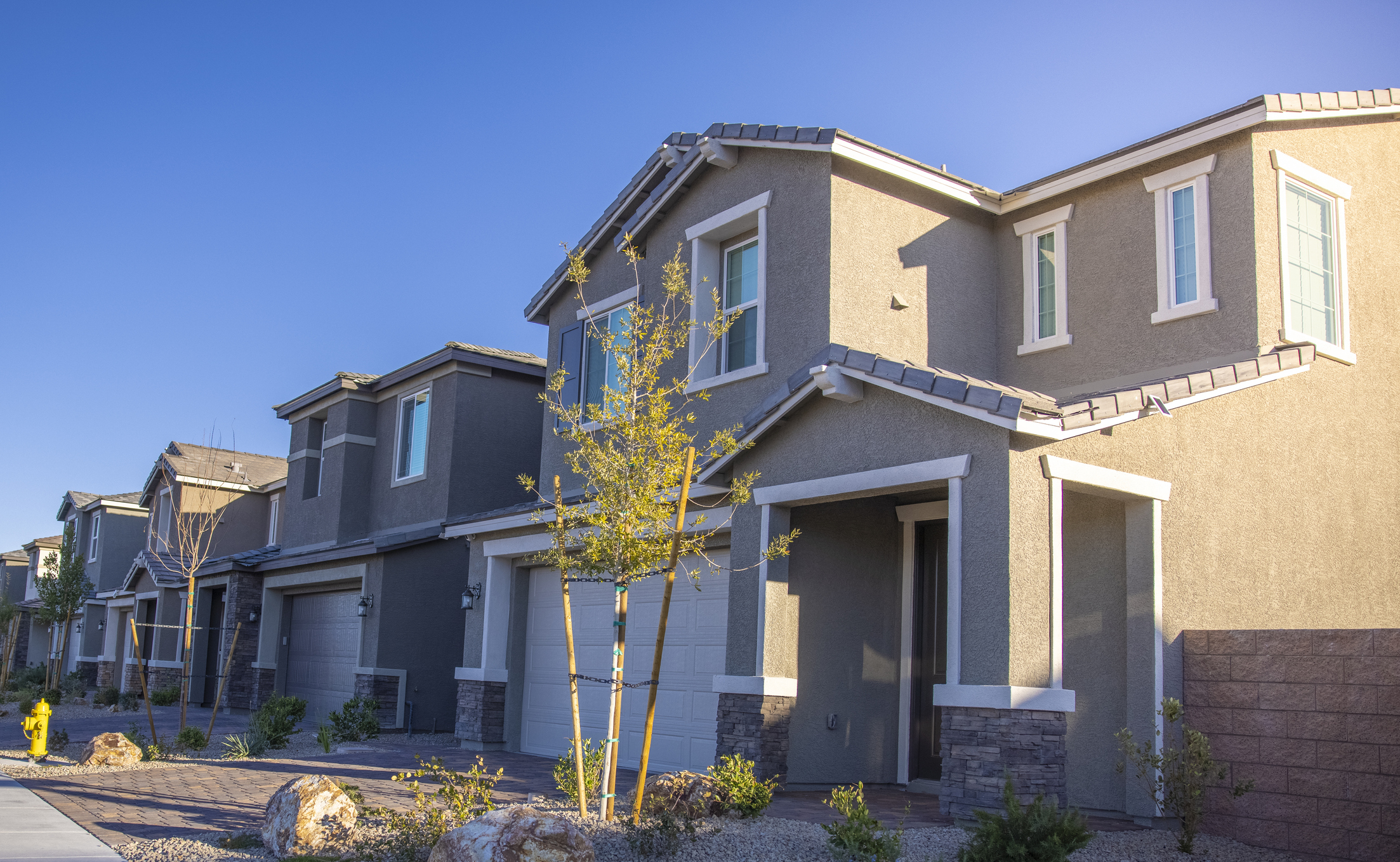 Are You Middle-Class? Here's the Most Tax-Friendly State for Your Family
Are You Middle-Class? Here's the Most Tax-Friendly State for Your FamilyTax Tips We found the state with no income tax, low property tax bills and exemptions on groceries and medicine.
-
 Costco Sues Over Trump Tariffs: What Could That Mean for Prices in 2026?
Costco Sues Over Trump Tariffs: What Could That Mean for Prices in 2026?Tariffs The retailer is making headlines not just for its famous hot dog and gold bars but for suing the Trump administration over tariffs.